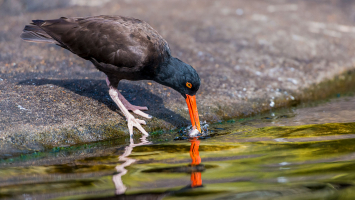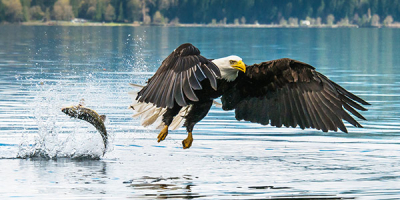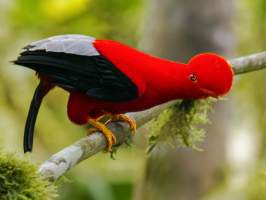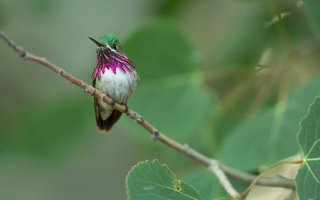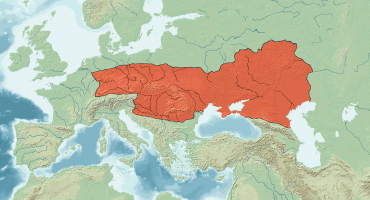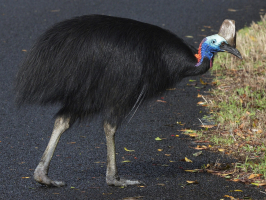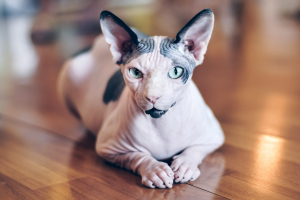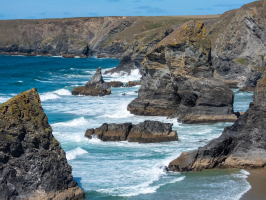Top 10 World's Iconic Birds That Can't Fly
It’s a well-known fact that most birds can fly. Some birds use flight to capture prey, while others use it to flee from raptors. There is a group of birds that ... read more...cannot do this, though. A few species of birds are unable to fly at all, and they spend their entire lives rooted to the ground. Some of these species have been hunted to almost complete extinction, yet others are still thriving and multiplying. Here is a list of the world's iconic birds that can't fly, let's find out!
-
Although most parrots are able to fly, they appear to prefer eating saltines while perched on pirates' shoulders. The kakapo, however, is an exception to this norm. It shouldn't surprise you in the least that this flightless parrot comes from New Zealand. It was given the scientific name Strigops habroptilus, which translates to "owl-face soft-feather". If you look at one face-on, you can see why; the kakapo has a heart-shaped face that resembles an owl's and does appear to be soft, but it's kind of a strange distinction because you could also say that about an ostrich.
The kakapo is the only flightless parrot, and unlike chickens, it doesn't even pretend to fly, according to Wired. Never does it flap its wings. They serve only as a means of balance and occasionally as a parachutist. The kakapo can climb trees and occasionally slows down when jumping to the forest floor by using its wings.
Kakapos are wonderful pets because they are sociable and don't require you to trim their wings. However, since kakapos and other flightless island birds are endangered, you cannot truly acquire one, only about 150 kakapos remain in the wild as of right now.
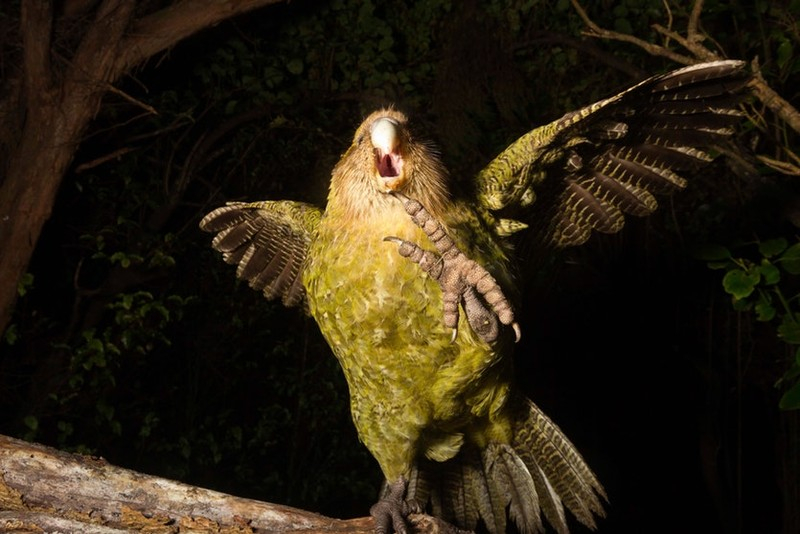
Via: iStock 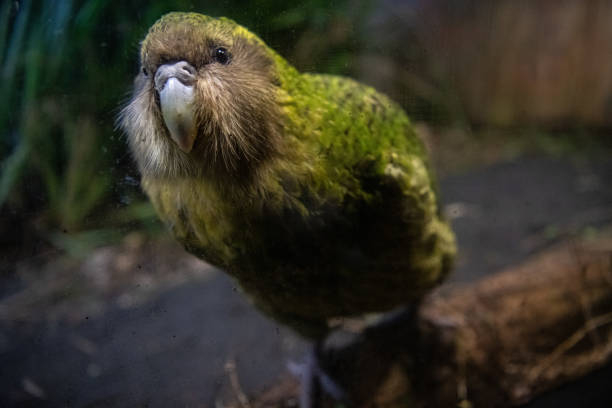
Via: iStock -
The ostrich is the biggest bird still alive and the largest member of the ratite suborder Palaeognathae. They are among the birds that cannot fly due to their enormous size and feeble wings. The ostrich reportedly lost its ability to fly a very, very long time ago when its ancestors decided to take advantage of the vast, empty landscape that had been left behind following the extinction of the dinosaurs. Eventually, flying birds gave up flight in favor of speed after learning to forage on the ground. The ostrich is actually quite adept at this; when necessary, it can run at speeds of up to 43 mph and, when out for a leisurely jog, can maintain a steady pace of around 31 mph.
The ostrich and other birds with similar characteristics actually found flight loss to be a remarkably effective tactic. According to Genetic research, ratites (emus, kiwis, and rheas) developed this ability three times, and the ostrich's flying ancestor was specific to its species.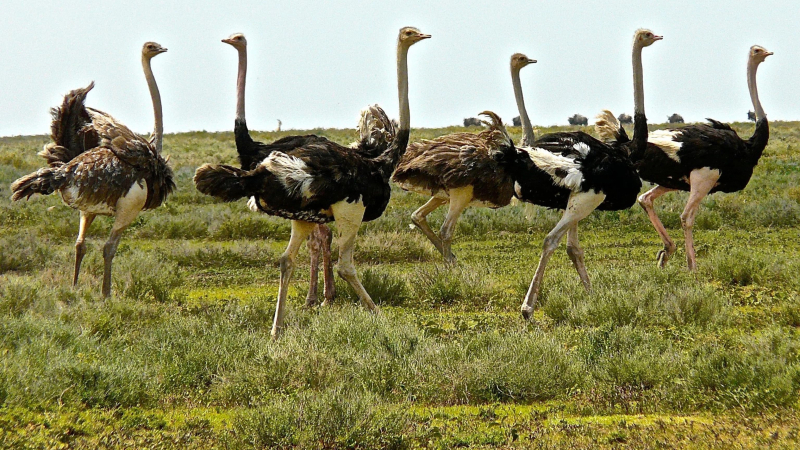
Via: National Geographic 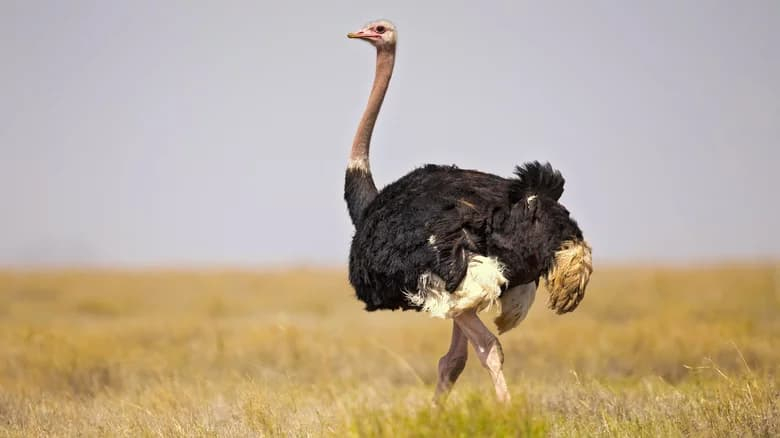
Via: Milan Zygmunt -
One of the most identifiable non-flying birds in the world is the emperor penguin. Emperor penguins only exist in Antarctica and spend time both inland and along the coasts. They travel over 100 kilometers interior to reproduce in the winter, one of the most unusual migrations on the entire planet. Males and females alternate turning over a single egg to raise the young until they are independent.
While some birds are able to fly and swim, the emperor penguin is particularly well-suited to water. Emperor penguins, according to Gizmodo, can stay underwater for roughly 20 minutes and may travel 1,650 feet through the ocean before needing to surface for oxygen. Additionally, an emperor penguin's feathers include small air-tight filaments. When they swim, air bubbles escape from their feathers, reducing drag and allowing them to move more quickly.
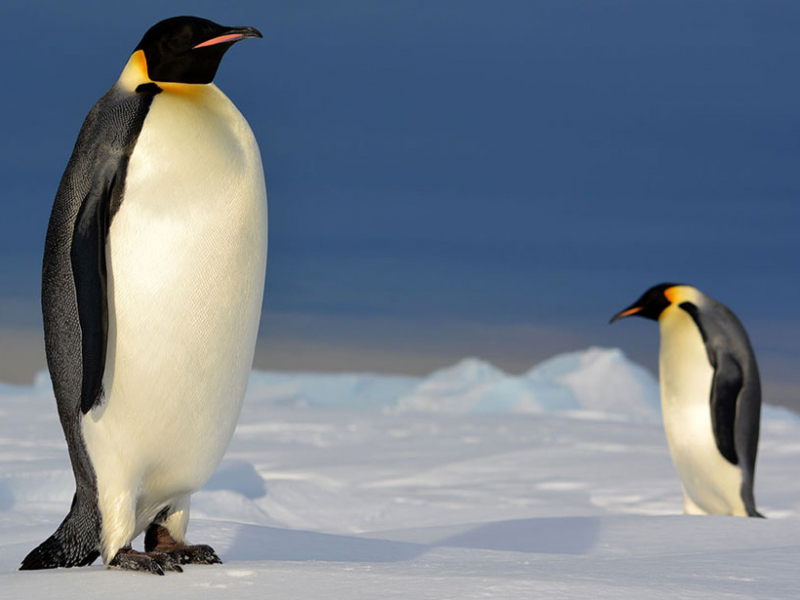
Via: Eos.org 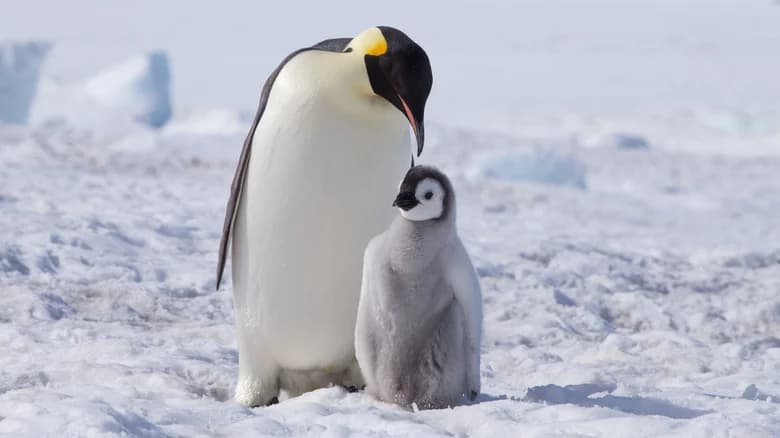
Via: Robert McGillivray -
Steamer ducks get their name from their habit of flapping their wings and feet when in the water. The untrained eye may mistake them for a paddle steamer boat due to their actions. Although they flap their wings, they are nonetheless considered to be flightless birds. The southernmost countries of South America, Chile and Argentina, are home to all four species of steamer duck. Only the flying steamer duck of the three species has the ability to fly. Steamer ducks are renowned for their enormous size and frequently reach lengths of over 33 inches and weights over 15 pounds.
They inhabit areas with rocky coastlines and eat insects, small fish, seeds, mollusks, and crustaceans. Steamer ducks are notoriously violent and aggressive, usually fighting other steamer ducks. They will also defend other species and fight off powerful raptors and other large ducks.
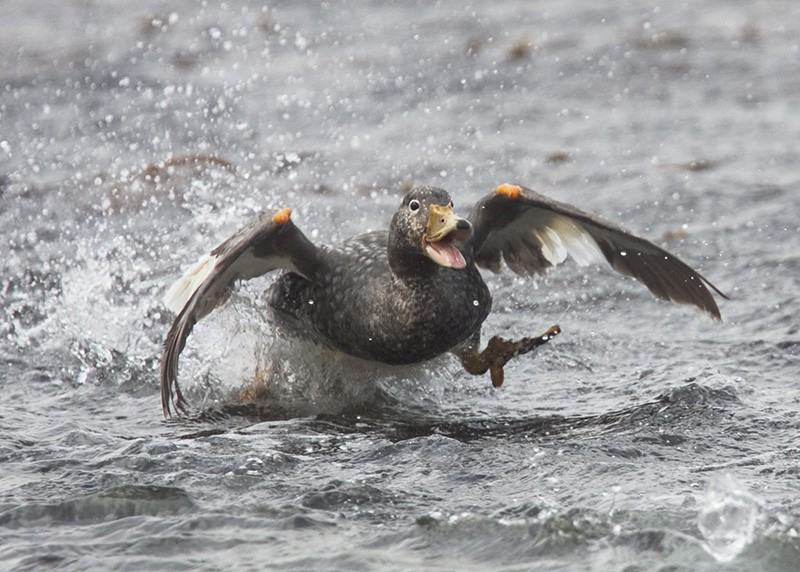
Via: Nature 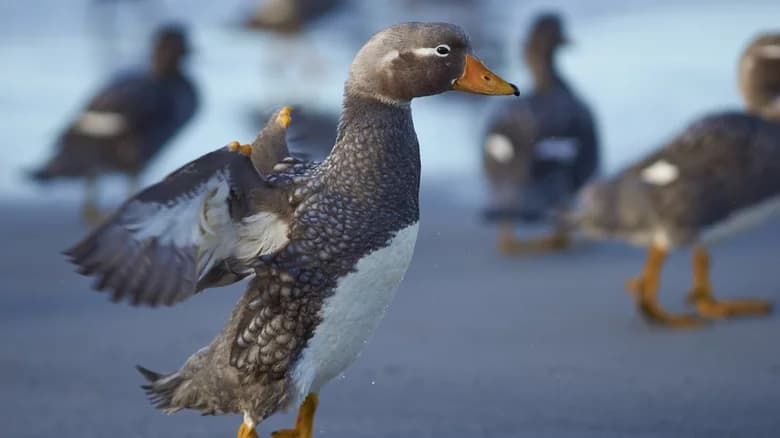
Via: Jeremy Richards -
The New Zealand-born Weka is a member of the rail family and is another flightless bird. Also known as the woodhen or Māori hen, there exist four different subspecies, although this is hotly debated. They developed strong legs while having tiny, useless wings. Their feathers have a brown appearance with black and gray undertones. These animals weigh from 1.1 to 3.5 pounds and are typically 20 to 24 inches long. The tail of weka is tiny and nearly always moving, unlike the tails of other rail species.
All around New Zealand, they inhabit grasslands, rocky coastal regions, sand dunes, and woodlands. Their main food sources include berries, grasses, leaves, and seeds. Wekas build their nests on the ground, and the eggs are incubated alternately by the men and females. They are currently classified as a Vulnerable species by the IUCN because of habitat loss and predation by invasive carnivores.
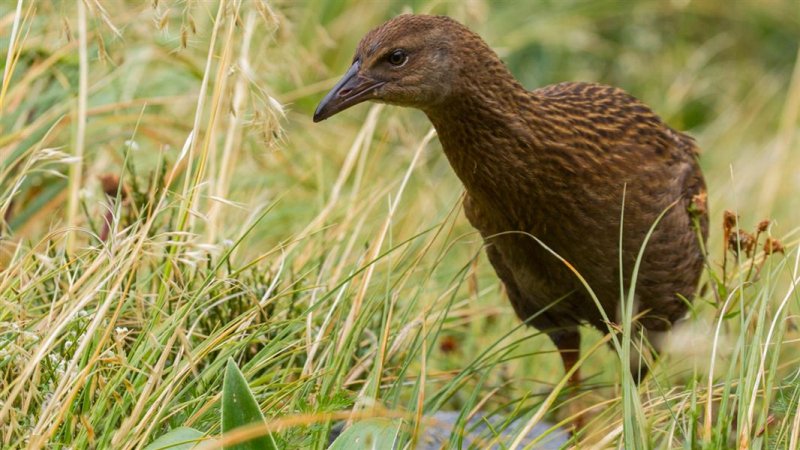
Via: Department of Conservation 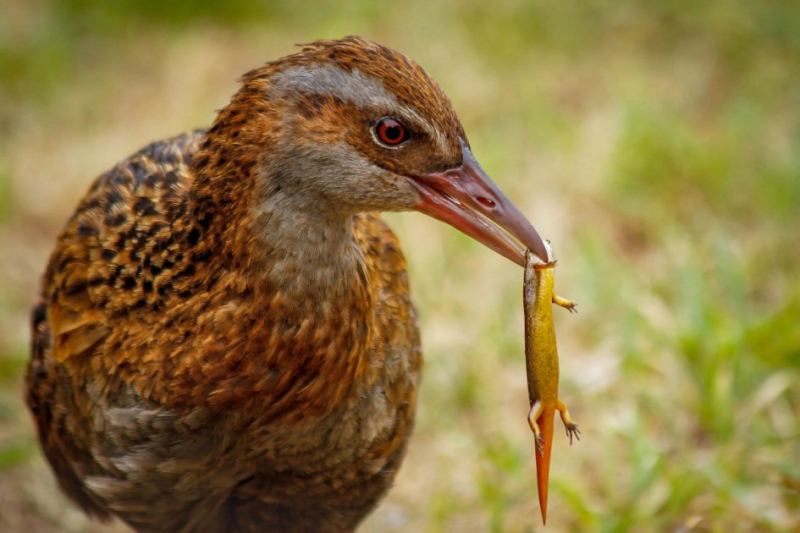
Via: Landcare Research -
The cassowary is another member of the long-legged, flightless ratites. The Aru Islands, northern Australia, and New Guinea are all home to three living species. Cassowaries are known as the "world's most dangerous bird" and have a fearsome reputation among birds who cannot fly. Its size, razor-sharp claws, and aggressive demeanor when trapped or threatened to earn it this title.
They can weigh up to 130 pounds and range in height from 5 to 6.6 feet. Their tiny wings are terminated with stiff, keratinous quills that resemble those of a porcupine but lack barbs. Cassowaries have a blue wattle on their neck and a huge, age-related golden or blue casque on their heads. Cassowaries have a top speed of 30 mph and are good swimmers and long-distance jumpers. Fruits make up the majority of their diet, along with tiny invertebrates, birds, rats, and fish.
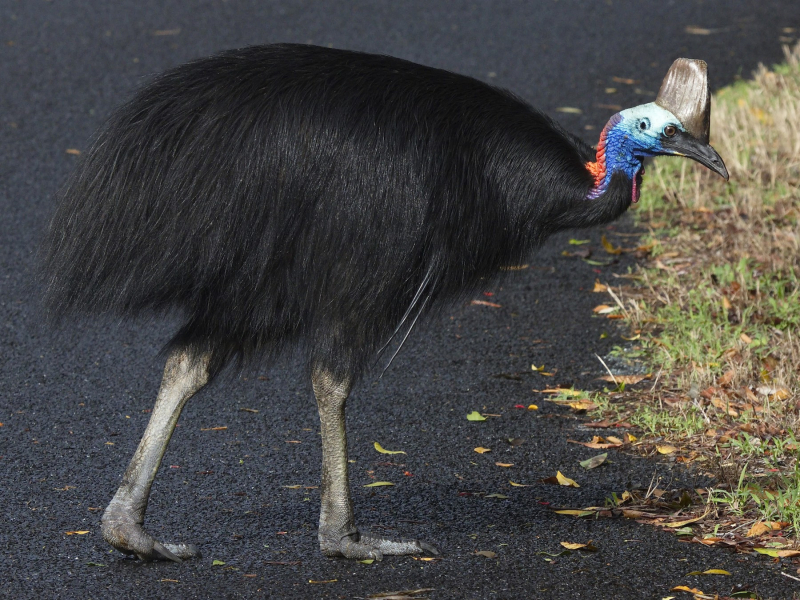
Via: eBird 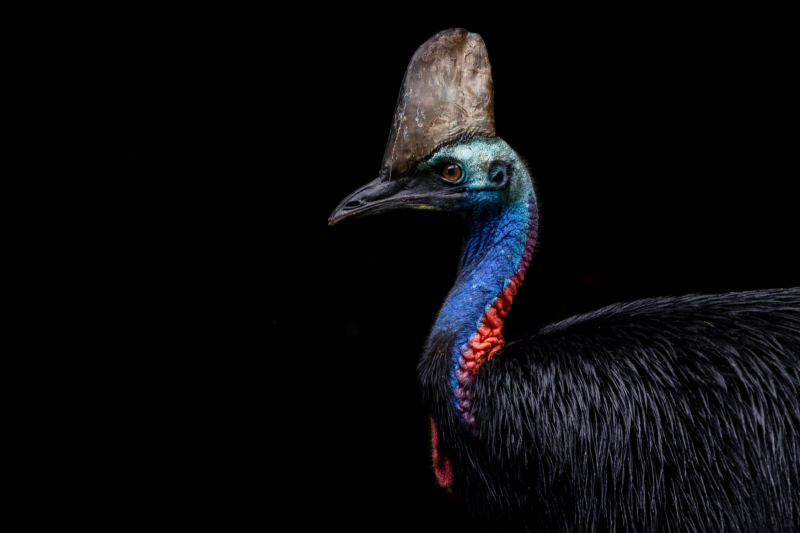
Via: WorldBirds -
The flightless cormorant also referred to as the Galapagos cormorant, is distinctive among non-flying birds. It is one of the biggest cormorants in the world and the only cormorant species that cannot fly. The Galapagos Islands and a few remote areas of Ecuador are home to a variety of flightless cormorants. They are typically between 35 and 39.5 inches long and weigh between 5.5 and 11 pounds. They have a large beak with a sharp hook at the end, and their plumage is brownish-black.
Their wings would have to expand three times their present size in order for them to be able to fly. They use their webbed feet and powerful legs to propel themselves through the water to move about. The majority of the flightless cormorant's diet is fish. Since they lack impermeable feathers, they must frequently dry themselves in between swimming excursions.
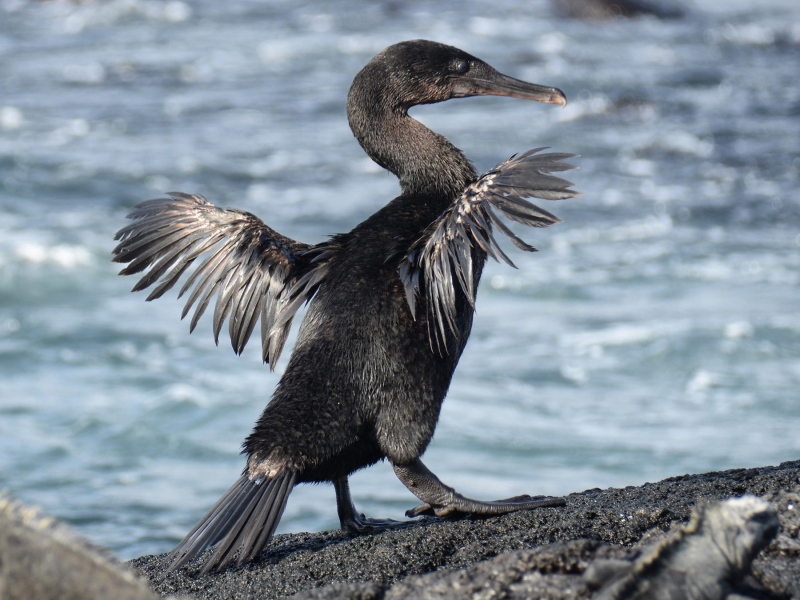
Via: eBird 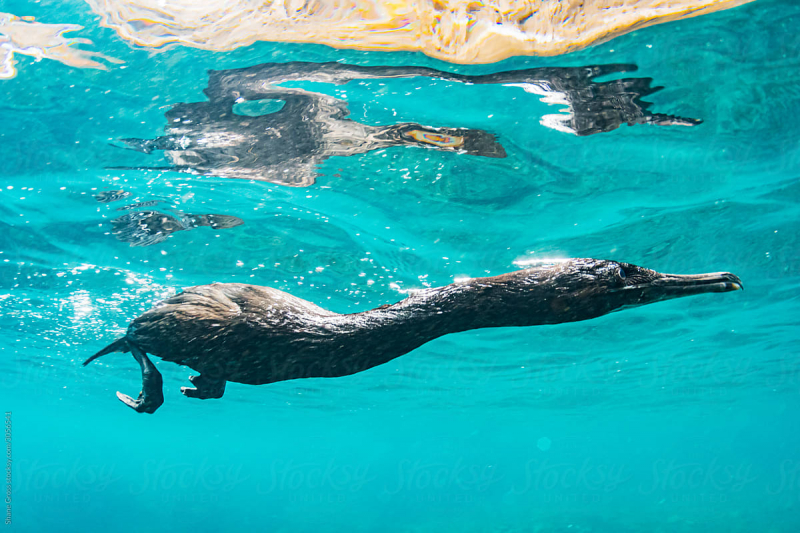
Diving Flightless Cormorant Underwater by Shane Gross -
The emu is the second-largest member of the ratites and extant species of bird in the world. They weigh between 40 and 132 pounds and are between 59 and 75 inches tall. They are native to Australia and can be found there in both savannahs and woodlands, however, they tend to stay away from drier areas. They have strong, long legs that allow them to run at speeds of up to 30 mph. Depending on their surroundings, their plumage might vary, but in general, it is brownish-beige with streaks of black and red.
Emus spend the day foraging and consuming seeds, grasses, fruits, and insects for food. Unlike most birds, only the males are in charge of building the nest and caring for the eggs. Also, female emus frequently behave more aggressively than male emus and may engage in physical conflict over prospective mates. Despite being considered a species of Least Concern, they are nevertheless in danger from habitat loss, car accidents, and invasive predators.
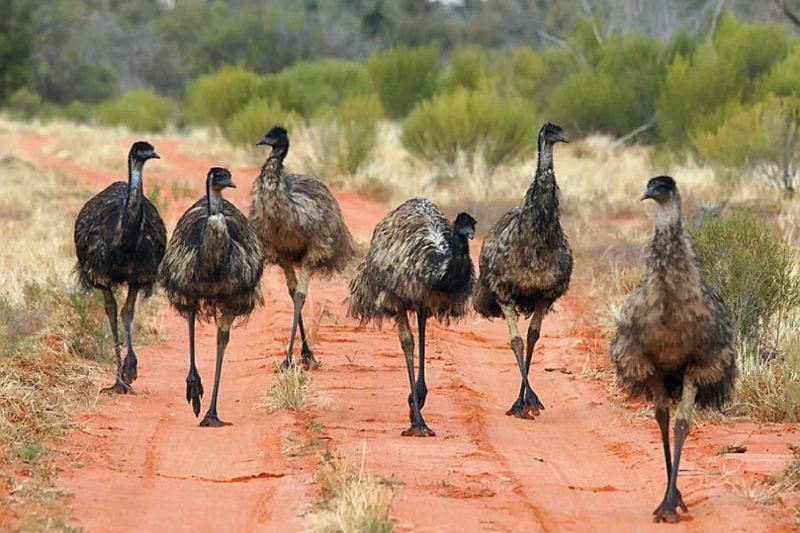
Via: eBird 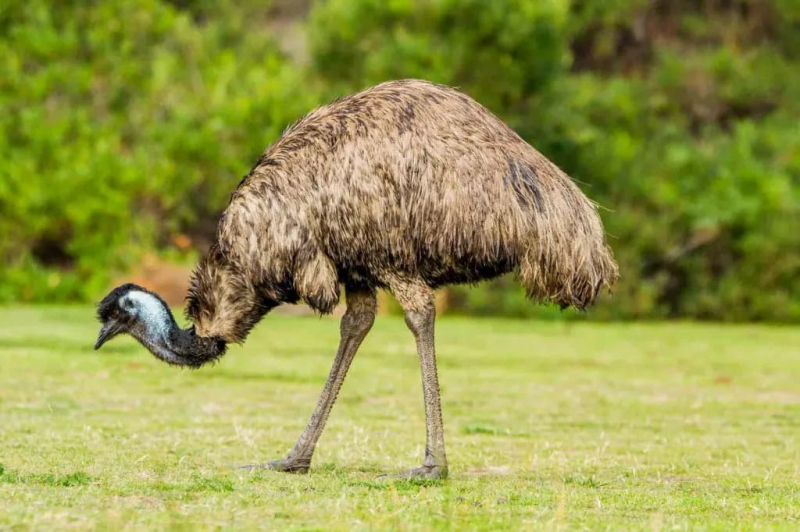
Via: Wildlife Explained -
Kiwis are the smallest species of ratites and are a recognized international icon of New Zealand. Five distinct species have been identified by scientists, the majority of which are threatened by invading predators and habitat loss. Kiwis have evolved certain distinctive characteristics that set them apart from other birds that cannot fly. Their tiny wings are hardly perceptible behind their hair-like, brown-gray feathers. They lack a tail and have a large bill with a sensitive nose to help them identify prey. Even though they are primarily nocturnal, they occasionally venture out during the day, particularly if they are sanctuaries.
Although they have adapted to dwell in scrublands, mountainous areas, and grasslands, kiwis primarily inhabit woods. Small invertebrates and amphibians, worms, insects, fruits, and seeds make up their diverse diet. One of the largest eggs in relation to body size among all birds, their eggs can weigh up to one pound.
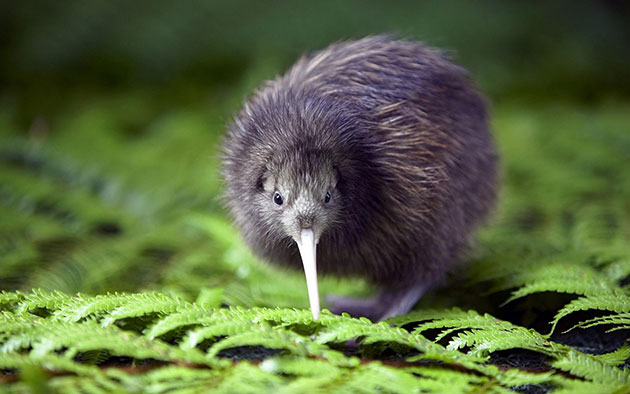
Via: The Rock Adventure Cruise 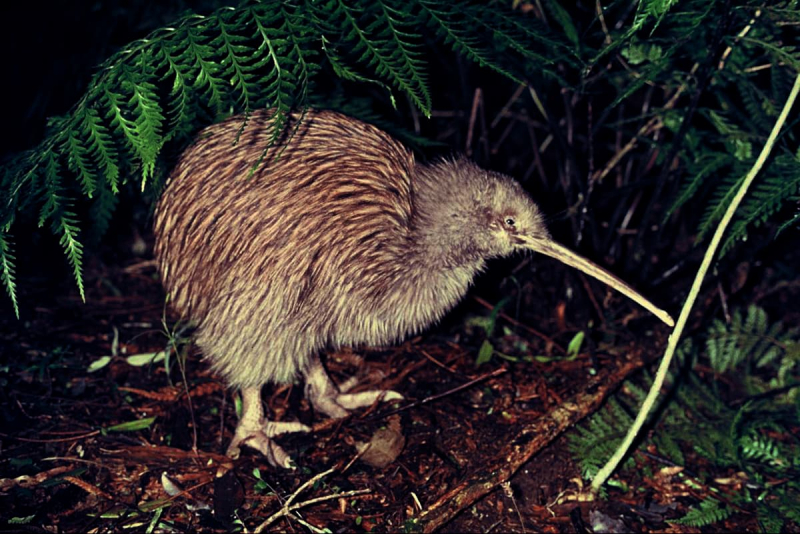
Via: PBS -
The takahē is a native of New Zealand and is also referred to as the South Island takahē or notornis. One of the rarest non-flying birds in the world, it is the largest living member of the rail family. Its population, which was formerly thought to be extinct in the wild, is currently estimated to be 418 individuals. Takahs can grow to a maximum length of 25 inches and weigh around 9.3 pounds. Takahs are large, robust birds with enormous bills that are capable of biting hard. On the head and belly, their plumage is dark blue, while on the wings and back, it is light blue and green.
They spend the summer months living in alpine grasslands and the winter months moving to lower altitudes. Takahes can live up to 18 years in the wild and are solitary and fiercely territorial. They primarily eat grasses, shoots, and insects, with snow grass being their favorite food.
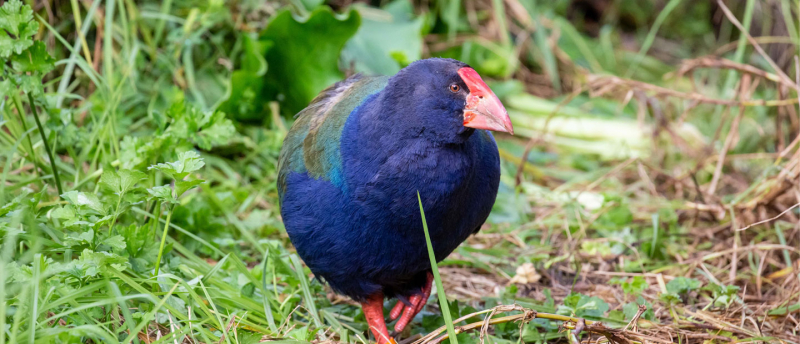
Via: Auckland Zoo 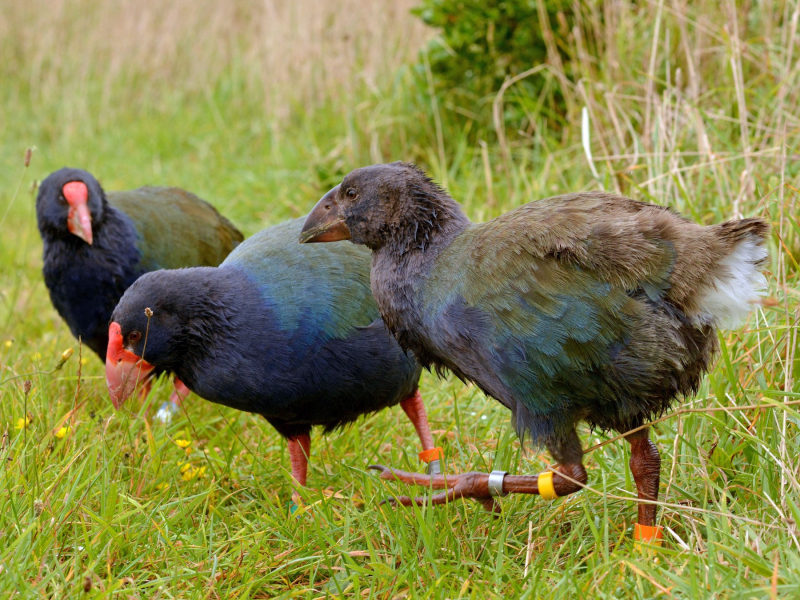
Via: eBird












